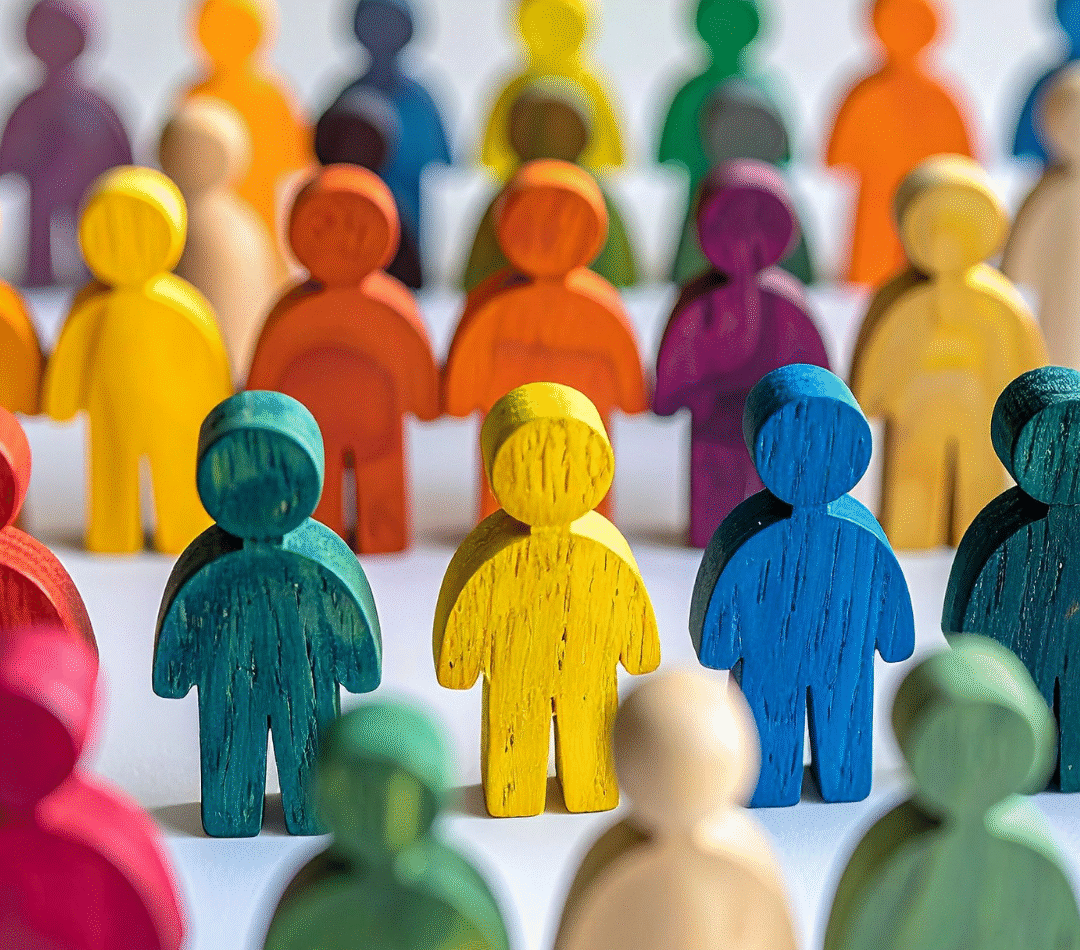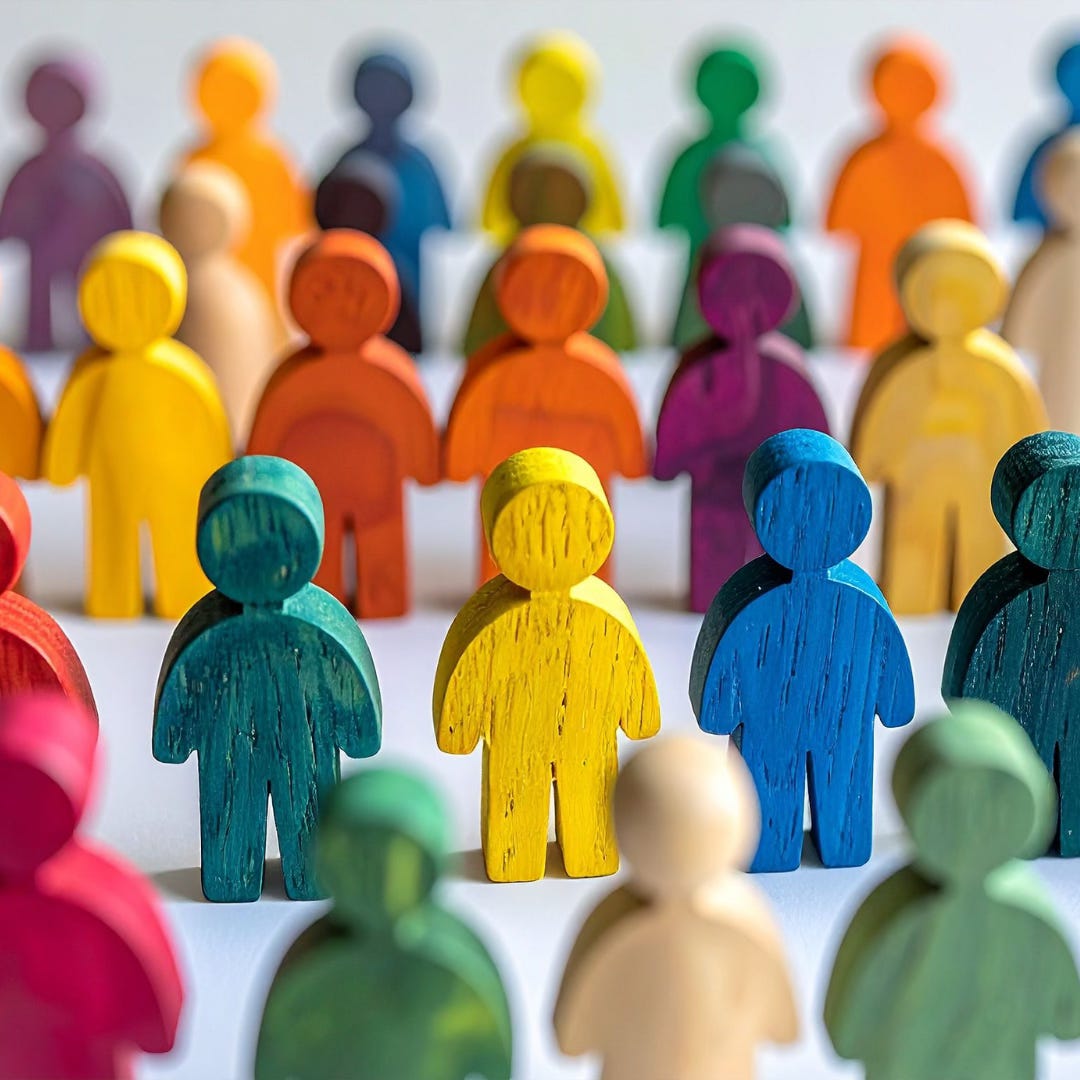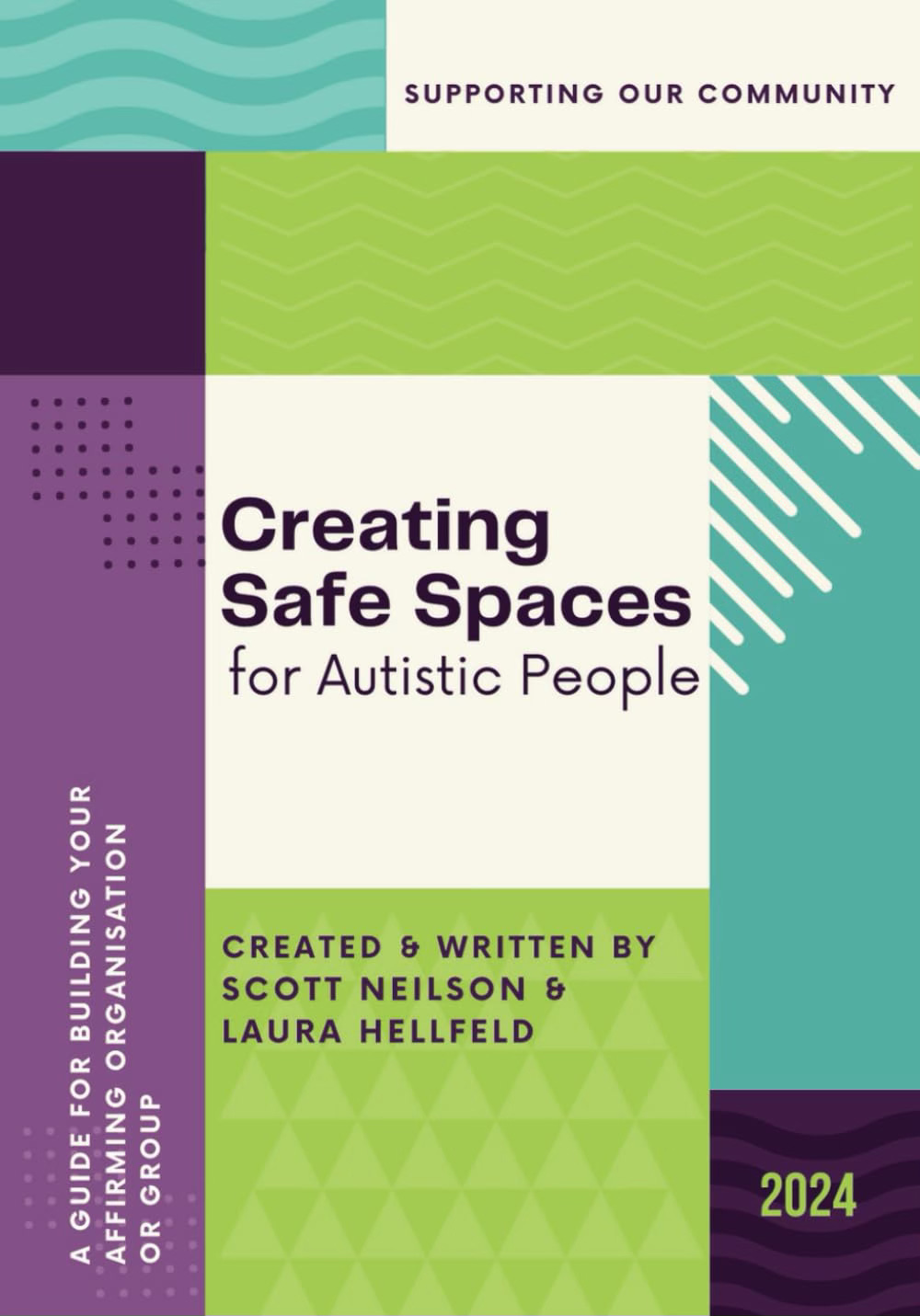At the start of October, Scott Neilson and I were invited to share more about the ideas behind our book Creating Safe Spaces for Autistic People with Neurokindred and AutAngel. It was a lovely chance to talk about what inspired us to put the resource together, but even more so, to listen and reflect alongside others who care deeply about inclusion and belonging.
One idea that really stood out through these conversations was “equality of access through equity.”
Image from Canva, Truecreatives from TrueCreatives
Equality and equity are often used as if they mean the same thing, though there’s an important difference between them. Equality is about treating everyone the same, while equity is about recognising that people’s needs, experiences, and starting points are different. Therefore, we aim to make sure that the support, environment, or opportunity actually works for each person.
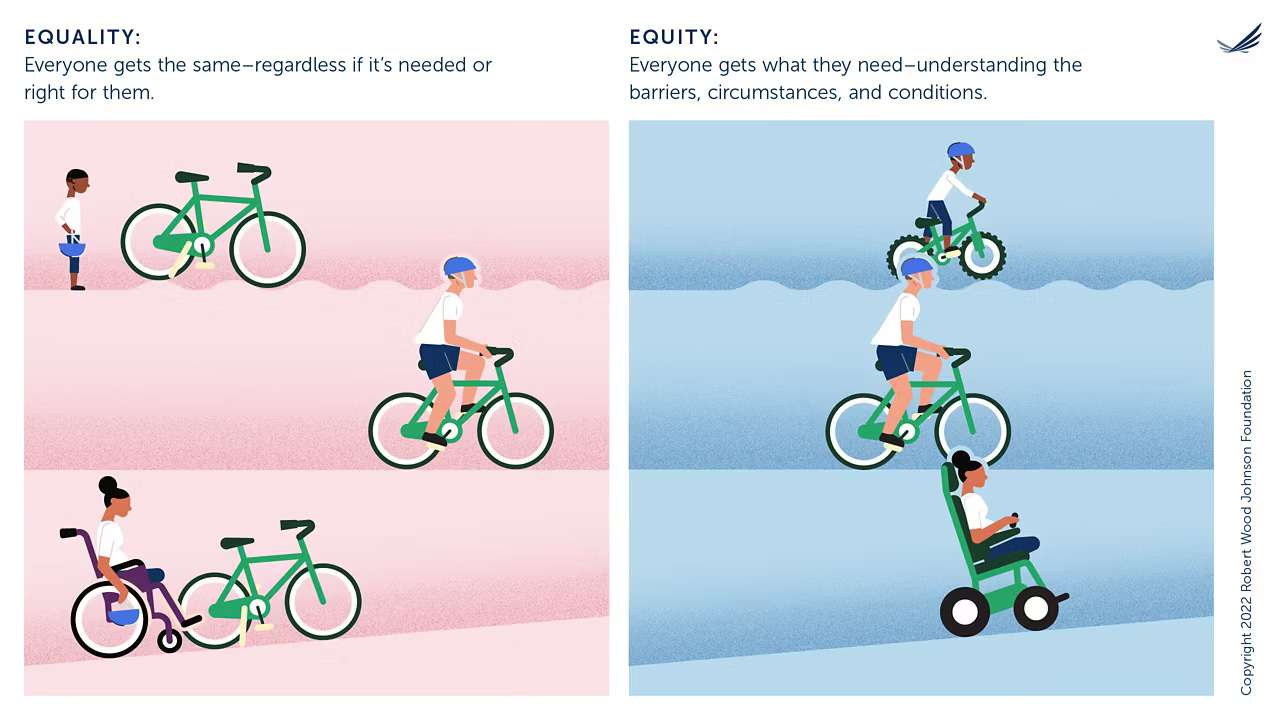
Image from the Robert Wood Johnson Foundation
When we think about access in this way, it becomes clear that “fair” doesn’t always mean “the same.” A space, policy, or practice might look equal on the surface, but if it only truly works for some, it’s not equitable. Creating safe spaces means noticing those differences and designing with them in mind, so that everyone has what they need to take part fully.
Talking with others at these events reminded us why we wrote Creating Safe Spaces for Autistic People in the first place. Our goal has always been to help shift the focus from trying to make people fit environments, to shaping environments that fit people.
Equality of access through equity isn’t a finished goal – it’s a continual process of learning, listening, and adapting. And that’s something we can all be part of.
A big thank you to Neurokindred and AutAngel for creating spaces where these important conversations can happen and where the work of equity, belonging, and safe spaces continues to grow.
To Learn More About ‘Safe Spaces’
If you would like to find out more about our book, please follow this link Creating Safe Spaces for Autistic People
What others are saying about Safe Spaces
“I wish I’d had this book years ago when, as mum to a young autistic person, we were serial ‘once only’ visitors to countless groups purporting to be inclusive and welcoming, groups which turned out to be woefully lacking in understanding about what autistic people need to feel safe. I would have given each group leader a copy of this book before we ever visited.”
“A beautiful, affirming and accessible book by Scott Neilson and Laura Hellfeld. A great guide for anyone running or wanting to set up community groups, with various autistic voices included throughout. Accessible content, with large font, and clear visuals.”
Thank you for being here,
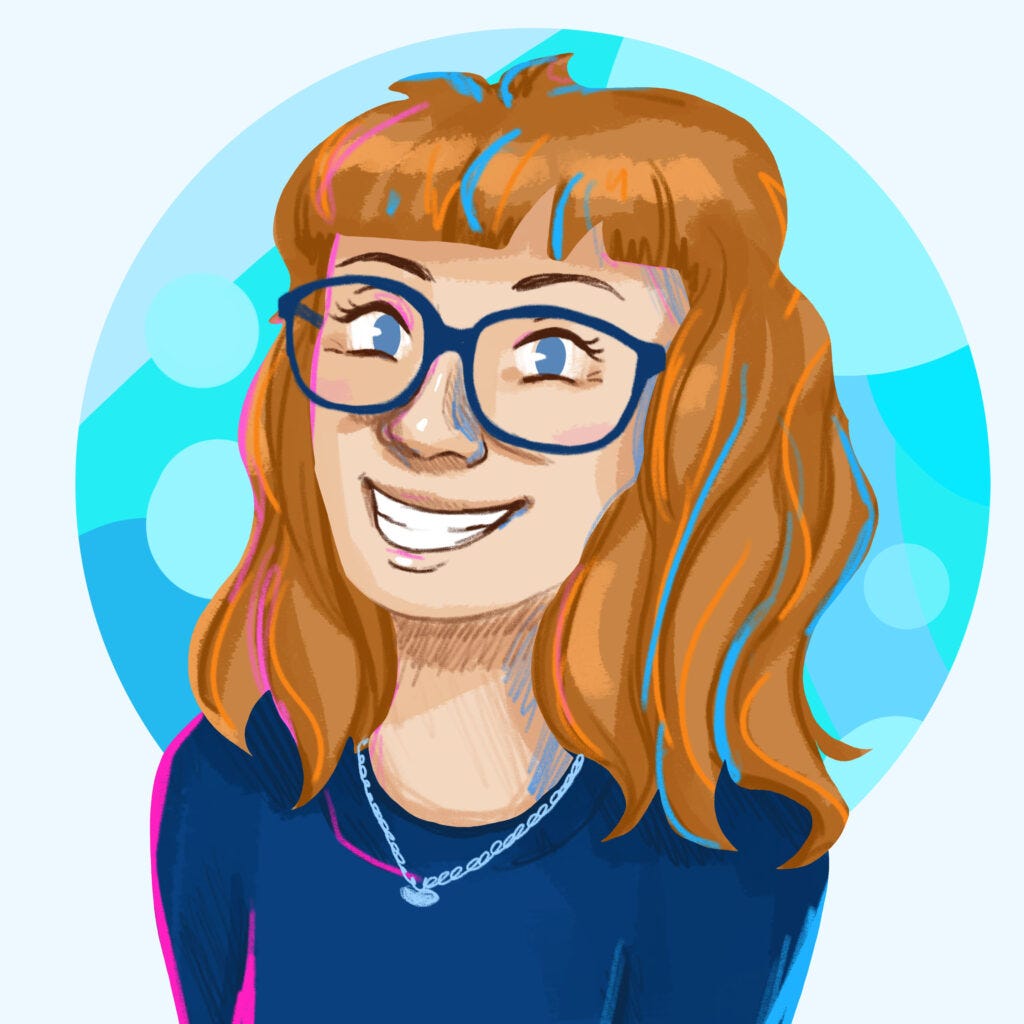
Laura Hellfeld
RN, MSN, PHN, CNL
Connect with me on social media
Instagram and Facebook, LinkedIn and BlueSky
Disclaimer: The information shared in this blog is for informational purposes only and is not intended to replace medical advice, diagnosis, or treatment. Please consult a licensed healthcare provider for personalised support and care tailored to your specific needs.
Last modified: 8 October 2025

